
WE HAVE A WAY WITH WORDS
It took more than 200 researchers, working 320,000 hours, almost half a century to complete the world's first historical thesaurus of English. Eight years since it was first published, the thesaurus has transformed teaching, learning and research at Glasgow.
From low-tech beginnings on handwritten index cards in 1965 to integration into the online Oxford English Dictionary (OED) in 2010, The Historical Thesaurus of English has filled a niche so perfectly that author Philip Pullman described it as “the information we had to spend hours hunting down through the thickets of the OED, shot, stuffed and mounted for us”.
“Why do words die out, and how are they replaced?” This question was the catalyst for the project which Michael Samuels, then Professor of English Language, started back in 1965 – to record the semantic development of every English word from Anglo-Saxon times to the present day.
The power of persistence
His team embarked on the painstaking task of longhand data transcription of the first edition of the OED, followed later by bulk digital data entry as the pace of technology advanced. Along the way, funding was a chronic preoccupation – would grants be renewed? Would jobs continue? Originally expected to be carried out by staff and postgraduate students, the project grew in scale and, over the decades, involved four editors and more than 230 individual contributors. In the 1980s, this included government-sponsored trainees sent to acquire new digital skills.
After the raft of index cards, or “slips”, used to capture each sense of a word were almost destroyed in a fire in 1978, they were switched to microfilm, copied in triplicate and distributed between different archives – taking no more chances. The 1980s brought a large backlog of additional material from the second edition of the OED, prolonging the project considerably, and it wasn’t until 2008 that the last slip was slotted into place in the database. When the thesaurus was finally released in October 2009, the enthusiastic worldwide reception that greeted its publication meant that the first printing sold out quickly and a second had to be rushed out in time for Christmas.
Success and successors
Since publication, the thesaurus has enjoyed significant international recognition: sales revenues of £1.9 million, exceptional for an academic book; winner of several literary awards such as Book of the Year in the Guardian and the Times Literary Supplement; the Saltire Society’s Research Book of the Year; and a recent submission for the Queen’s Anniversary Prize.
At Glasgow the impact of the thesaurus has been considerable. It is used constantly in teaching – not just in courses on English historical linguistics, but also in history, computing, digital humanities and natural language processing. And the generosity of the editors, who signed over their copyrights to the University on the understanding that the royalties (exceeding £125,000 to date) would be dedicated to fund new research into the English language, has led to the award of 26 postgraduate scholarships. Recipients are talented early-career scholars who have produced theses on a wide range of topics, such as the representation of mental health in newspaper articles, the language of early modern Scottish law courts, the concept of anger in Old English, English and economic development in modern Malawi, and grammatical choices in medical autobiographies.
In addition to these awards, a large number of externally funded PhD researchers have come to Glasgow to study, primarily to have access to the thesaurus’ database and the expertise of its staff. Additional royalties are funding a flagship yearly lecture series on the English language, as well as undergraduate prizes rewarding research excellence.
“Since it’s been published,” says current thesaurus director Professor Marc Alexander, “it’s brought in more in research grants to Glasgow alone than it cost to make over 40- plus years, so it really has been transformative. It’s transformed research elsewhere; it’s transformed research in Glasgow.”
Professor Alexander, who became deputy to Professor Christian Kay (one of the four original editors, see right) in 2009, is working on the second edition of the thesaurus and is now adding a further 20,000 words as well as redating around 220,000 words as a result of new citations being found. He appreciates the enormity of the task he has inherited but declares it “a delight” to be part of. “Because of the apprenticeship that Christian put me through,” he says, “I feel quite happy about the changes we need to make, and why and how we need to make them.”
Unsurprisingly, the overwhelming success of the thesaurus has started a domino effect, with at least seven other countries now planning to create their own. The trailblazing efforts of the creators of the world’s first historical thesaurus of a language can only be described as extraordinary (1580–), remarkable (1604–), immatchable (1596–1630).
The Historical Thesaurus of English was awarded the Queen's Anniversary Prize in 2017. Find out more
The thesaurus contains almost 800,000 words – virtually every word of English since AD 700 – and is the only complete historical thesaurus of any language. It arranges words intuitively by subject, within three intriguing main categories: the External World, the Mind and Society. The synonyms listed include the dates each appeared. In short, the book shows you the history of a word’s meaning rather than simply that of the word itself. It allows you to understand the variety of words available at any given time, and reveals different degrees of longevity: around 7,000 words have endured since the earliest days of the English language in Britain. Eke and hue, for example, have survived from Old English.
This article was first published November 2017.


 A starting point
A starting point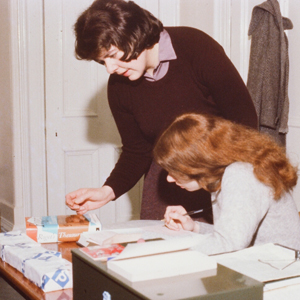 Next steps
Next steps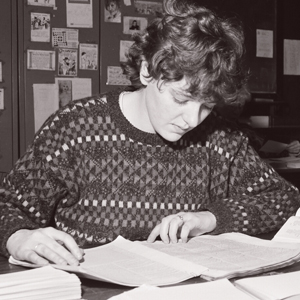 After the fire
After the fire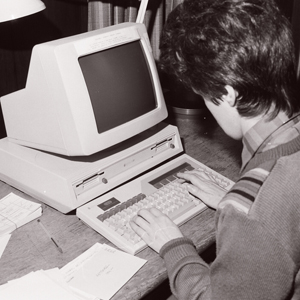 A long way to go
A long way to go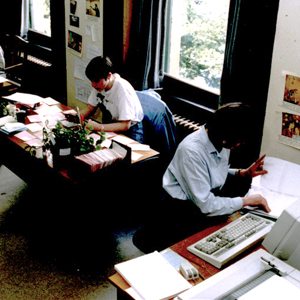 Over the decades
Over the decades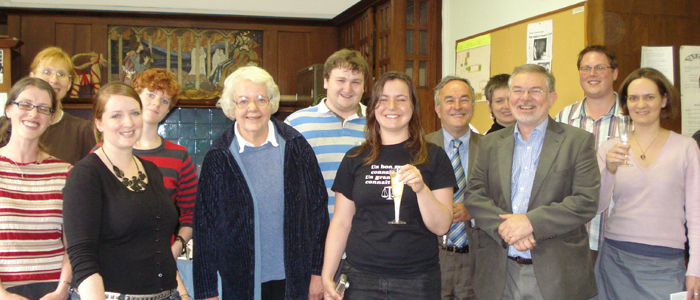 The last day
The last day